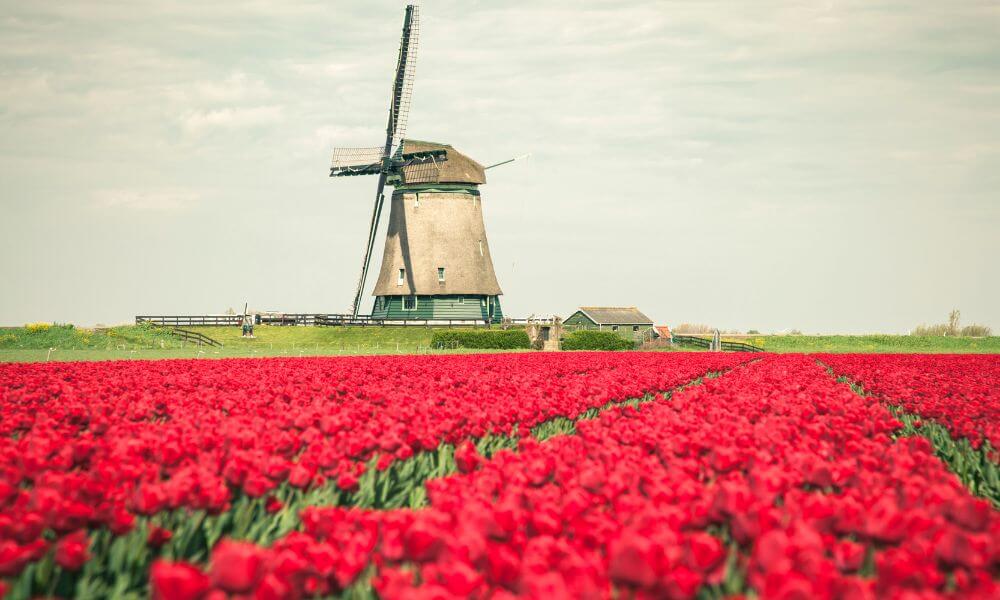The Netherlands is a European country with one of the world’s top 20 economies. With a GDP of $909 billion in 2018, the Netherlands ranked 17th in the world. The Netherlands’ economic success can be attributed to various reasons, including the efficient use of the country’s natural resources and favorable government policies. The Netherlands boasts a diverse range of natural resources, including magnificent landscapes, arable land, fish, and natural gas.
Arable Land – Netherlands Natural Resources
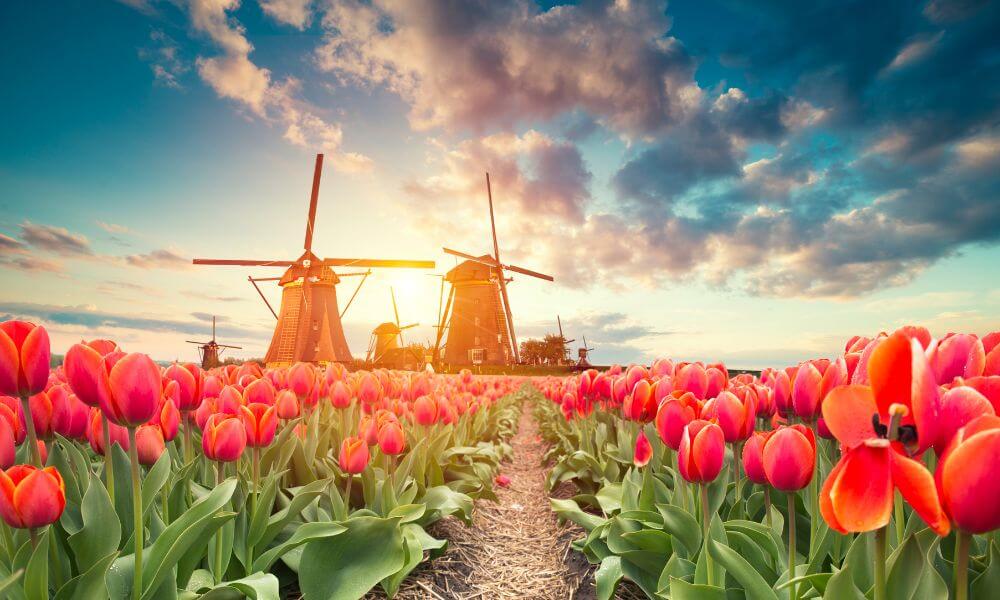
In 2015, arable land accounted for around 30% of the total area in the Netherlands. From 2005 to 2015, the size of arable land in the Netherlands fluctuated, reaching its peak in 2005, when it accounted for roughly 33% of the total land area. It reached its lowest point in 2011, accounting for around 29.8 percent of the country’s total land area. Agriculture is an important industry in the Netherlands, accounting for around 1.6 percent of the country’s GDP in 2015. In 2015, the agriculture sector employed approximately 1.2 percent of the labor force in the Netherlands, according to the labor department.
Tomatoes, chilies, and flowers are among the most important crops grown in the Netherlands. Most Dutch agricultural products are exported to other countries, and it is one of the country’s major foreign exchange-earners. The Dutch government has implemented many initiatives to boost the country’s agriculture business. The government has asked farmers to reduce their reliance on chemicals to improve food quality. In 2017, it was announced that farmers in the Netherlands have almost completely abolished the use of pesticides on greenhouse crops.
Forests – Netherlands Natural Resources
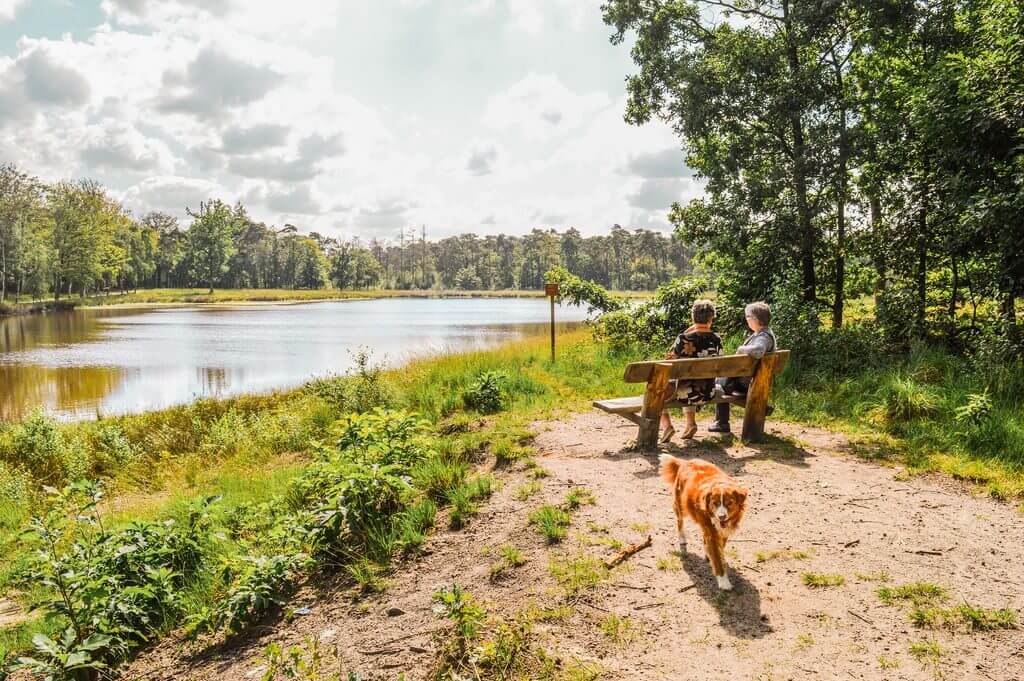
According to World Bank data from 2015, forests covered around 11.16% of the total area of the Netherlands. The statistics also revealed that forest cover in the Netherlands increased between 2005 and 2015. Private persons own around 33% of the forests in the Netherlands, while the national government controls the remaining 34%. Local governments and natural protection organizations own the remainder. The most frequent tree species in the Netherlands’ forests are oak and Scots pine. Appèlbergen, Bevrijdingsbos, and Geelders are some of the most well-known forests in the Netherlands.
The timber business is an important industry in the Netherlands, but it confronts several severe issues, including high harvesting costs and poor prices for timber goods in the European market. Stakeholders in the Dutch timber industry have proposed several solutions to expand the country’s timber sector. The Dutch government announced in 2016 that it would implement an ambitious plan to increase the country’s forest cover by over 25% over the following 30 years. The initiative aims to reduce the Dutch carbon footprint while expanding the country’s lumber production.
Natural Gas
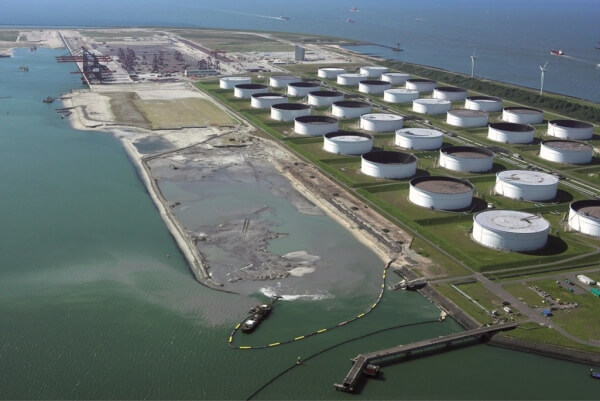
In 2015, the Netherlands was projected to hold around 25% of the EU’s natural gas reserves. The Groningen Gas Resource is the Netherlands’ most important natural gas field. The field was discovered in 1959 and is Europe’s largest and the world’s seventh largest. The Groningen Field began producing natural gas in 1963 and produced around 3.57 trillion cubic feet of natural gas annually during its first decade of operation. The annual output was later reduced to 1.25 trillion cubic feet. It was estimated in 2004 that the field accounted for roughly half of the natural gas generated in the Netherlands.
In 2009, the field was projected to have produced approximately 60.7 trillion cubic feet, or almost 60% of its total reserves. According to the government, the remaining natural gas in the field may last at least 50 years. The Dutch government decided to decrease field output in 2014 since it was thought to increase the number of earthquakes in the area. The Dutch government said the operation would be shut down by 2030. The Dutch government has also asked residents to minimize their use of natural gas to lower the country’s carbon footprint.
Fish – Netherlands Natural Resources

The enormous fish reserves within the Netherlands’ territorial waters are among the country’s most important natural resources. The most frequent fish in the Netherlands are sea bass, common roach, and bream. The Netherlands is popular among sports fishermen, and the Wadden Islands and the Zeeland Delta are two of the country’s most famous sports fishing sites. Sports fishermen in the Netherlands must obtain a VISpas fishing license, which permits them to fish across the country.
Beautiful Scenery
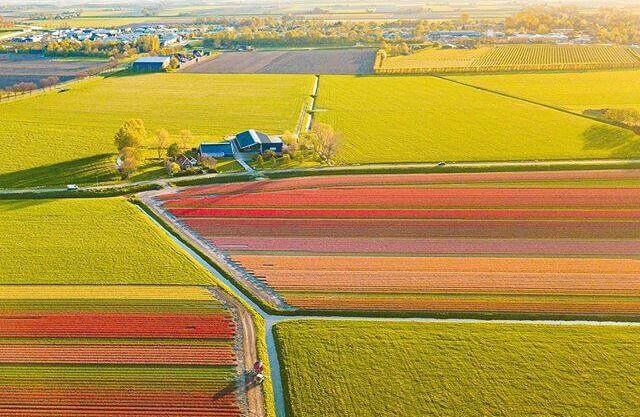
The Netherlands is endowed with many attractive places, among the country’s natural treasures. The Hoge Veluwe National Park, Keukenhof, and Giethoorn are among the most well-known attractions in the Netherlands. The tourist industry is critical to the Netherlands, employing roughly 9.6 percent of the labor force and contributing approximately 5.4 percent to the country’s GDP in 2017. Most visitors to the Netherlands come from other European countries, including Germany, the United Kingdom, and France. Visitors from Canada and the United States also make up a sizable proportion of visitors to the Netherlands.
Growth Of The Dutch Economy
According to the IMF, the Netherlands’ GDP will rise to $933 billion in 2019 from $909 billion in 2018. According to the group, agriculture and tourism are two industries that will push the Dutch economy forward.
7 Great Dutch Inventions You Didn’t Think Of In The Netherlands
